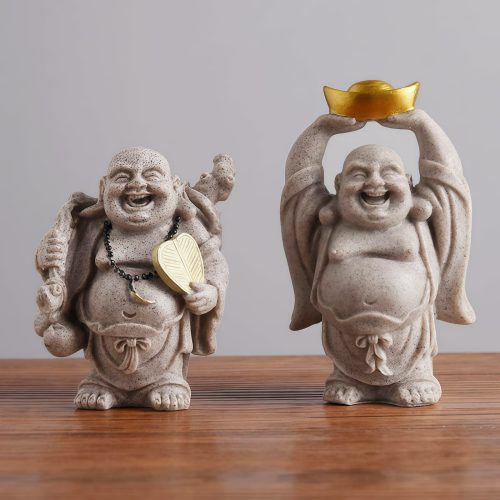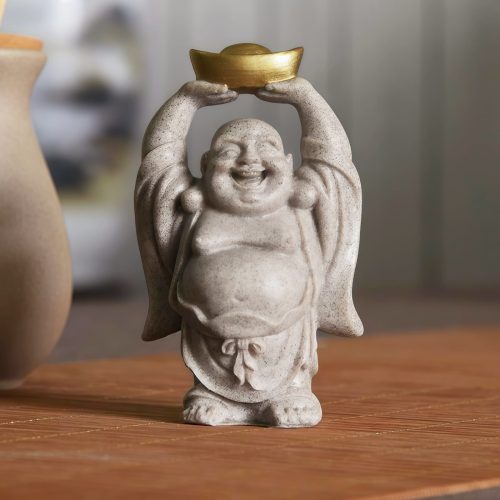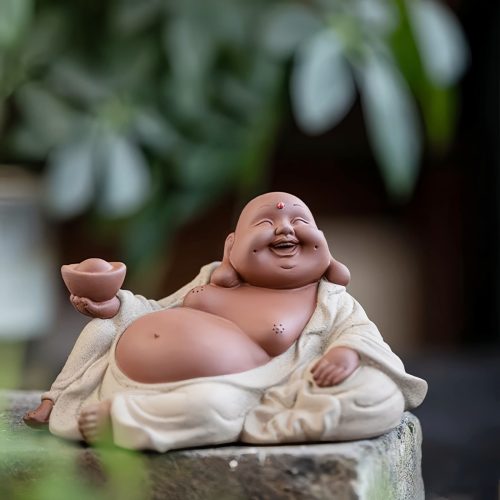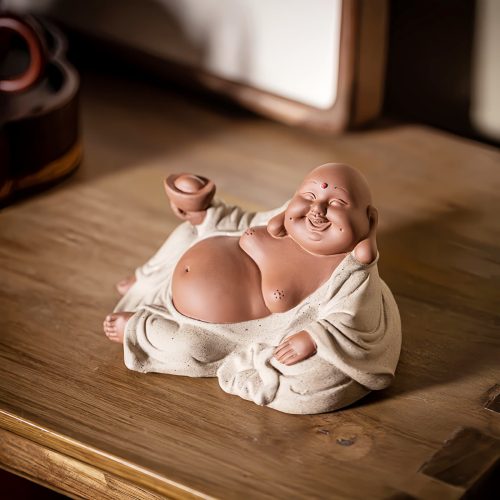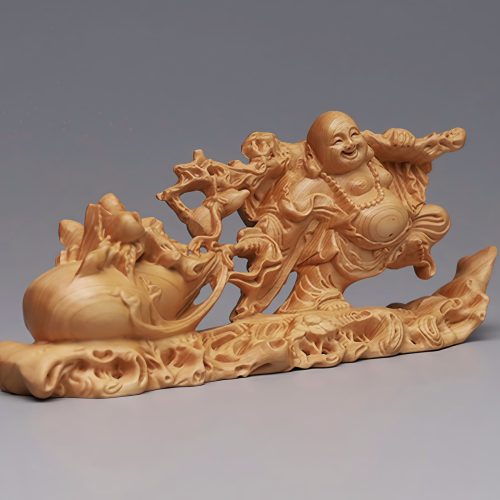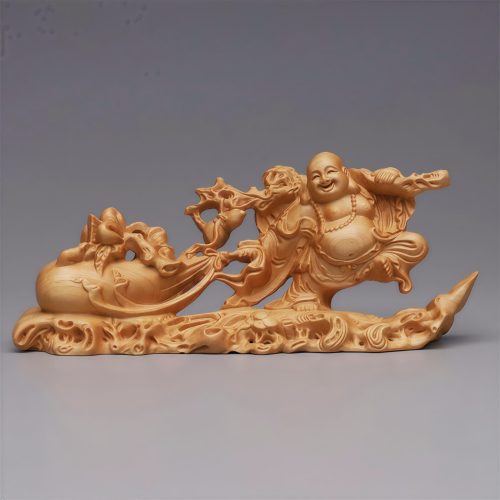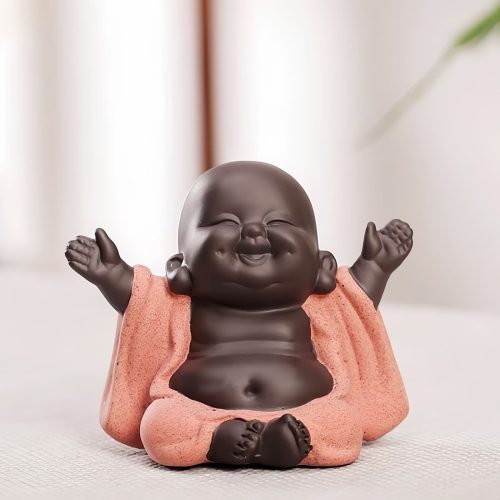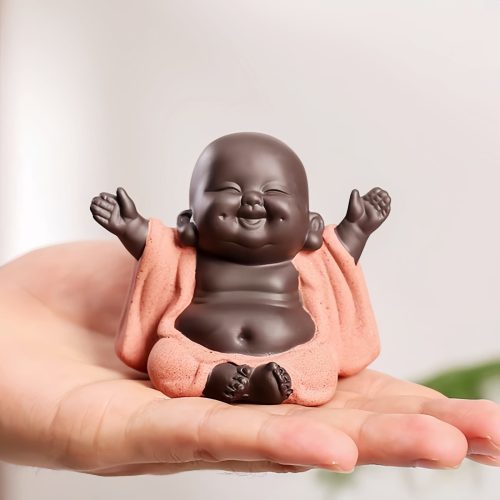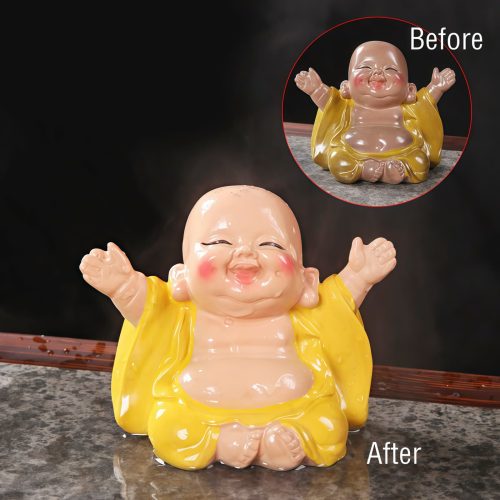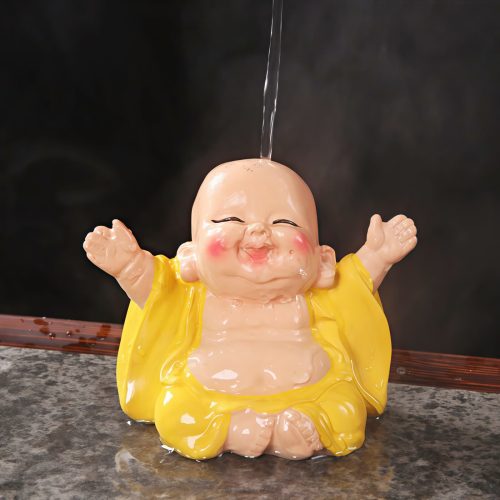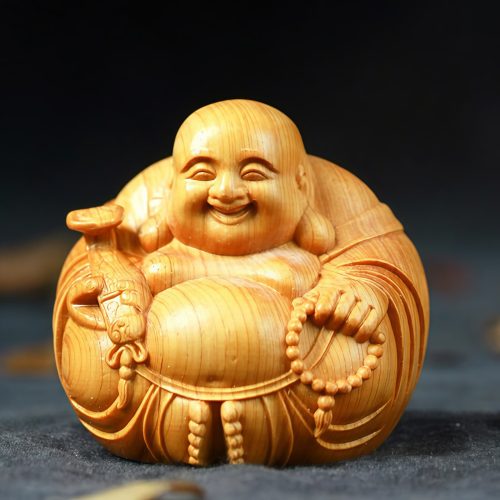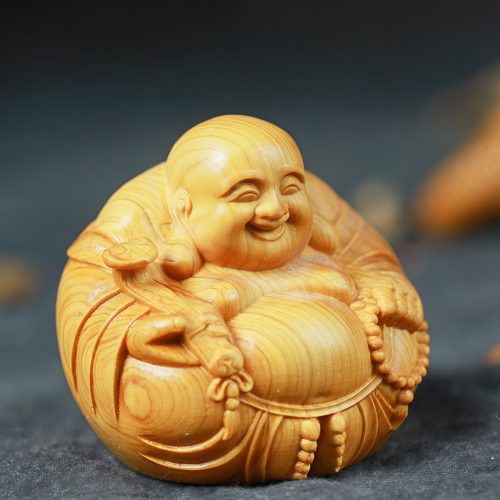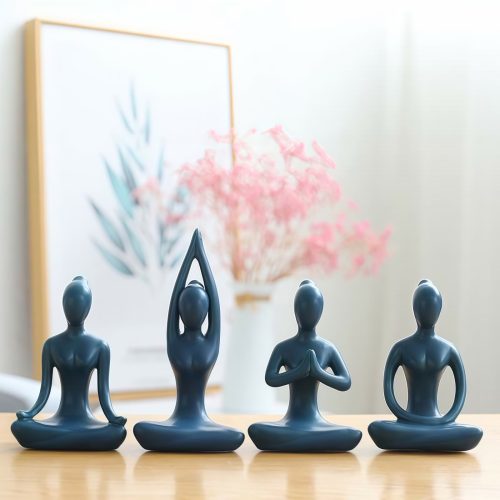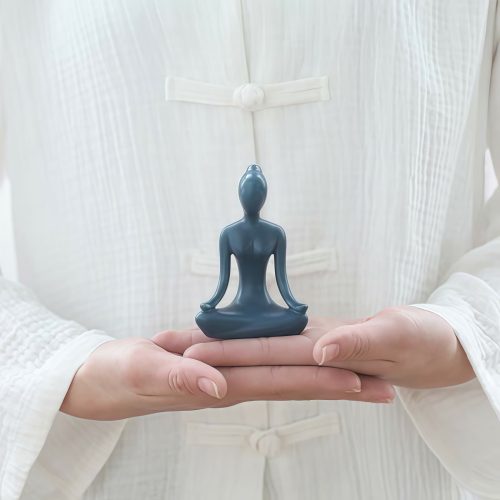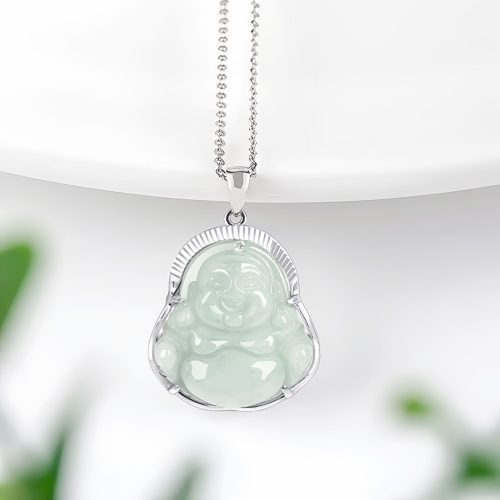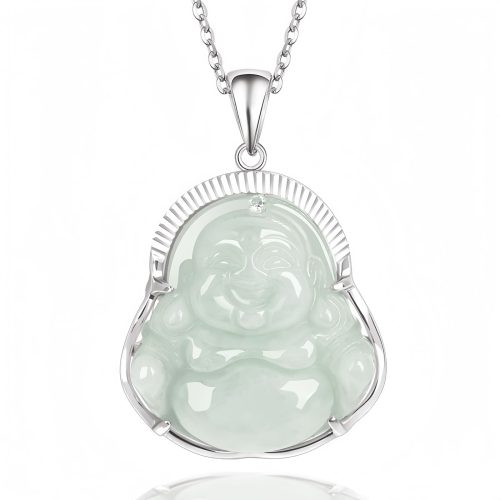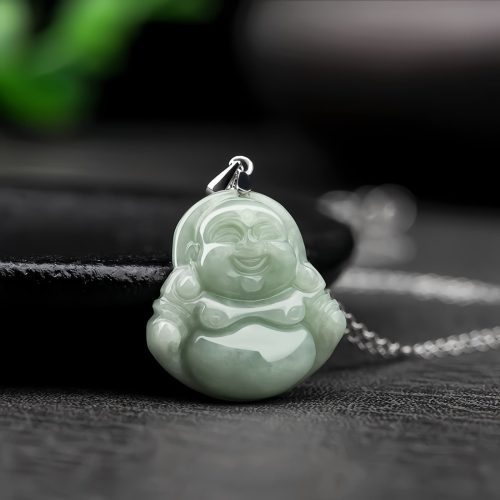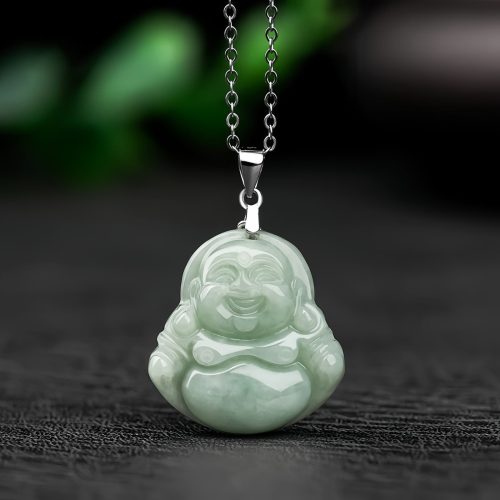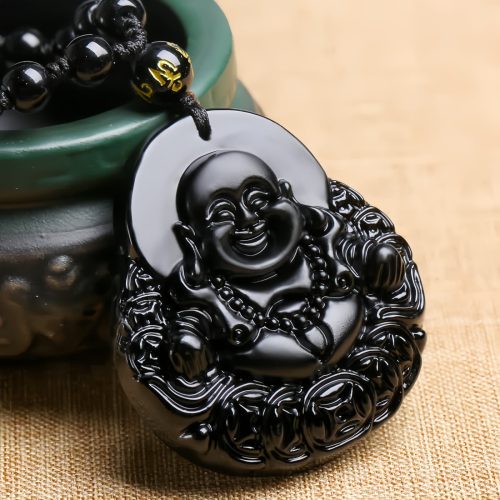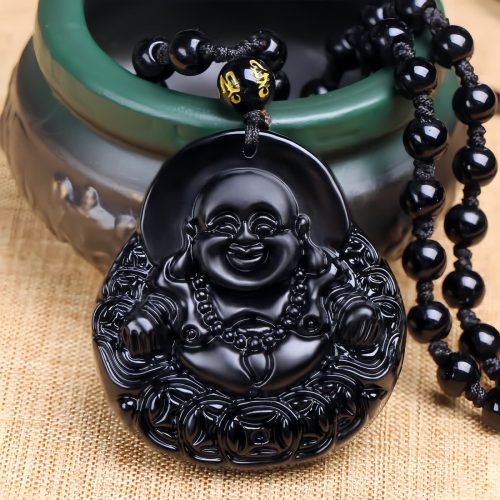Buddha statues, revered across cultures, serve as powerful symbols of peace, enlightenment, and spiritual awakening in home decor. These diverse representations of the enlightened one offer a serene focal point, inviting mindfulness and tranquility into any living space. From intricate miniatures to commanding figures, each statue carries a unique narrative and spiritual resonance.
What Defines a Buddha Statue for Home Decor?
The category of Buddha statues for home decor encompasses a vast array of artistic representations, extending far beyond traditional large-scale sculptures. It includes items such as small desk ornaments, meditative tea pets, and even symbolic keychains, each designed to bring a sense of calm and spiritual presence to everyday environments.
- Materials: These statues are crafted from various materials, including natural wood (like boxwood), durable resins, ceramics, and metals such as bronze. Each material contributes a distinct aesthetic and tactile quality, influencing the statue's overall feel and energetic presence.
- Forms and Styles: Representations range from the serene, meditating Buddha (Tathagata) to the joyful Laughing Buddha (Hotei). Other forms might include symbolic animals like the PiXiu, often integrated into Buddhist-inspired decor for wealth and protection, or decorative elements featuring traditional Tibetan figures.
Understanding the Symbolism and Significance of Buddha Statues
Beyond their aesthetic appeal, Buddha statues are imbued with profound spiritual meaning, serving as reminders of core Buddhist principles. Each pose, hand gesture (mudra), and accompanying symbol tells a story of the path to enlightenment and wisdom.
- Mudras and Poses: A meditating Buddha signifies inner peace and enlightenment, while a teaching Buddha represents wisdom and understanding. The Bhumisparsha mudra, for instance, symbolizes the Buddha's moment of enlightenment under the Bodhi tree.
- Associated Symbolism: Elements like the lotus flower (purity, spiritual awakening) or specific adornments carry additional layers of meaning. Some pieces might incorporate or be displayed alongside elements such as `Dzi beads`, known for their protective qualities, or figures like elephants, which hold significant `elephant symbolism` in many Asian cultures, representing strength, wisdom, and good fortune.
How to Choose and Place Your Buddha Statue for Optimal Harmony?
Selecting the right Buddha statue is a personal journey that aligns with your intentions and the atmosphere you wish to create. Consideration of size, material, and the statue's specific symbolism is key to finding a piece that resonates with you.
- Choosing Your Statue: Reflect on the primary purpose—is it for meditation, a reminder of peace, or a decorative accent? Different poses and materials can evoke varying energies. For example, a small ceramic monk might inspire tranquility on a desk, while a wooden Tathagata could be a focal point in a meditation space.
- Mindful Placement: Traditionally, Buddha statues are placed in a clean, respectful area, often elevated. Common placements include altars, meditation corners, or as a serene presence in living areas. Avoid placing them in bathrooms or directly on the floor. Pairing your statue with complementary elements like incense burners or `healing crystals` can enhance its energetic influence.
Exploring the diverse array of Buddha statues allows for a personal connection to centuries of wisdom and artistry. Each piece offers an opportunity to cultivate a space of peace, reflection, and spiritual nourishment within your home.























